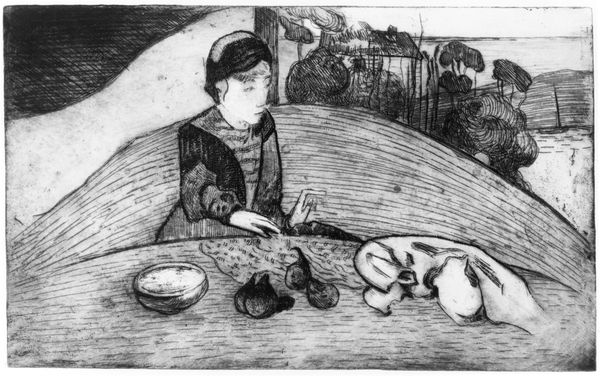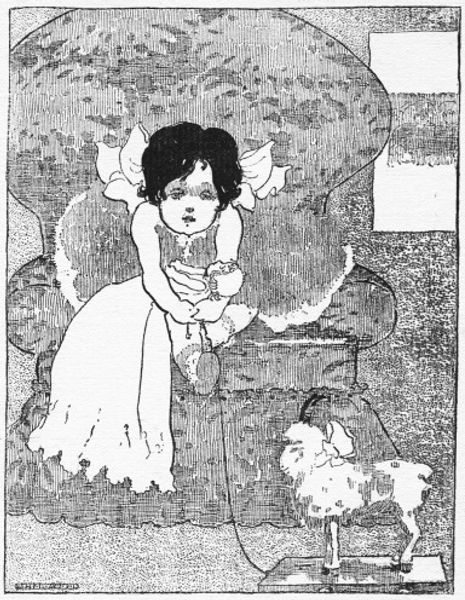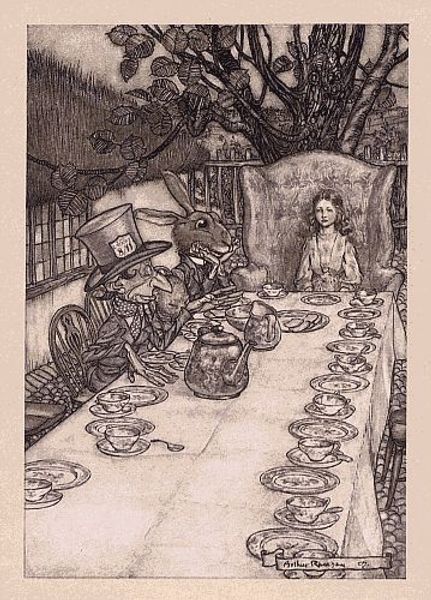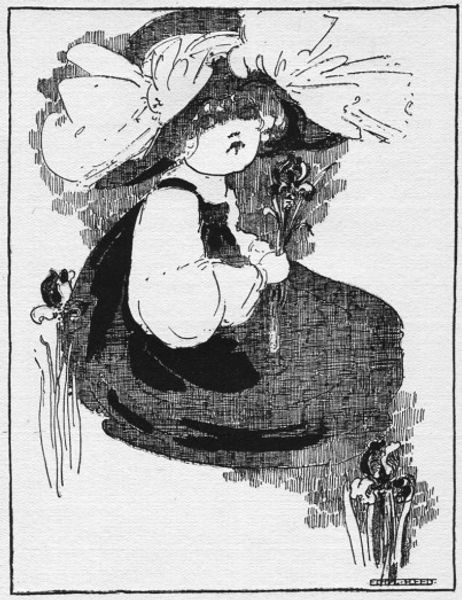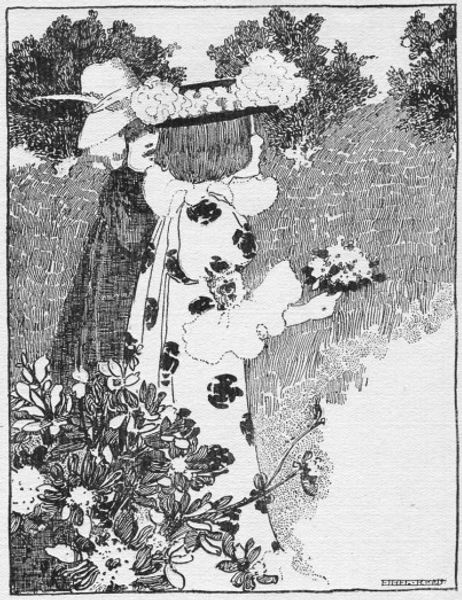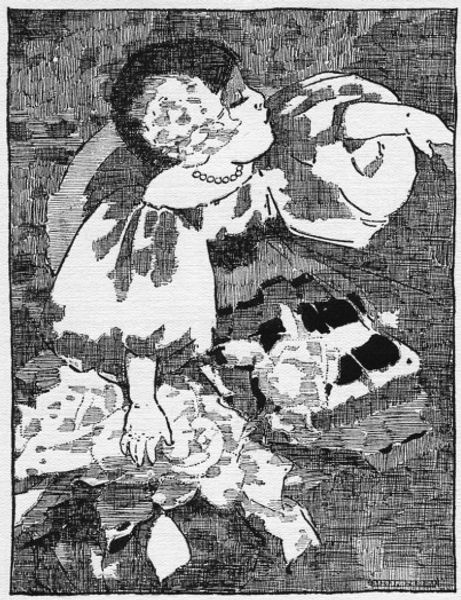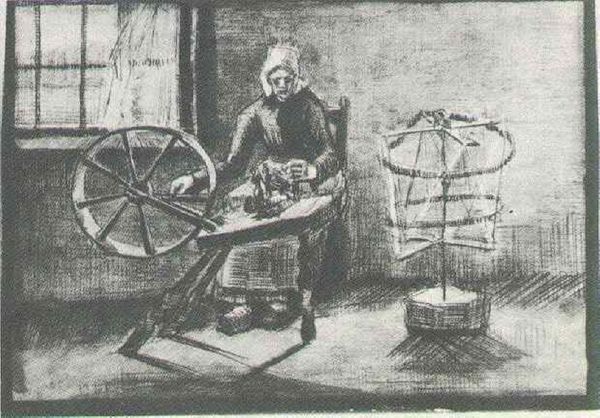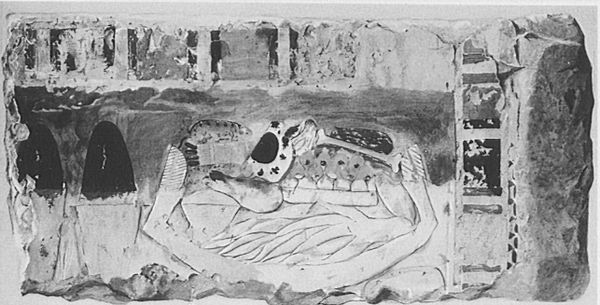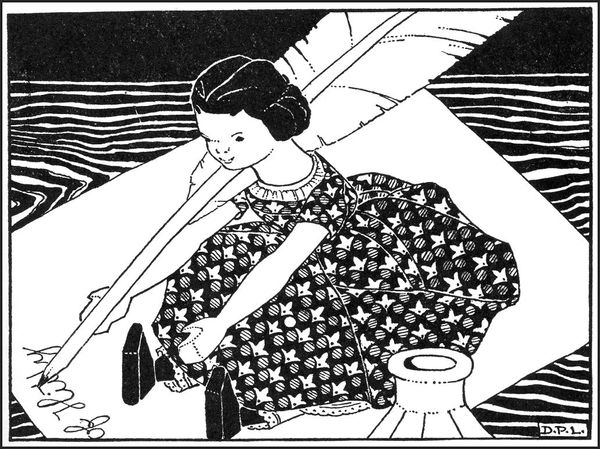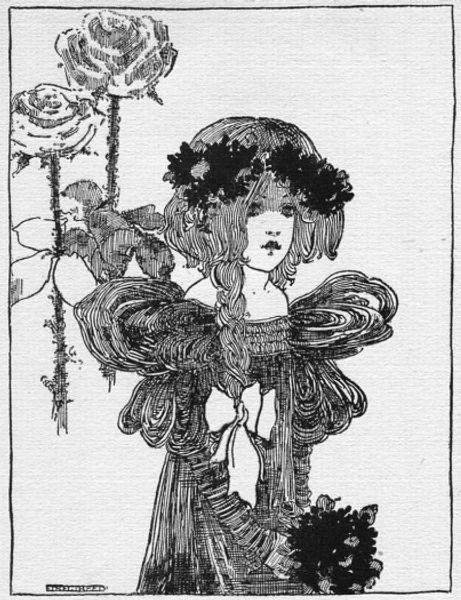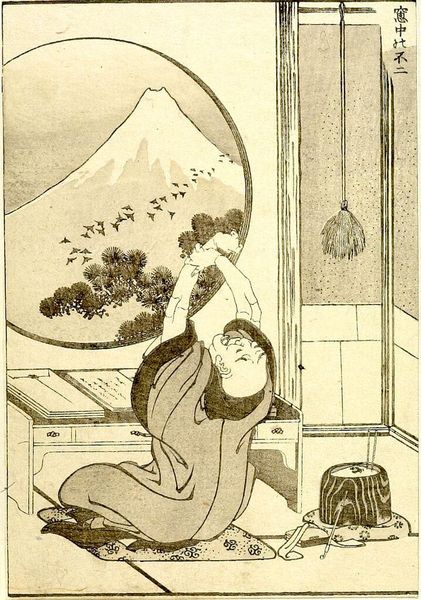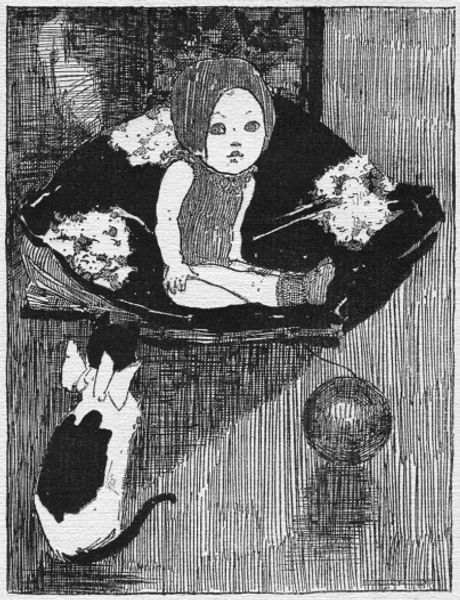
Dimensions: Sheet: 14 1/2 × 20 3/8 in. (36.8 × 51.8 cm) Plate: 10 1/2 × 16 5/8 in. (26.7 × 42.2 cm)
Copyright: Public Domain
Curator: Before us is Paul Gauguin’s 1894 print, “Woman with Figs,” currently residing at the Metropolitan Museum of Art. Editor: There’s a stillness about it, almost melancholy. The starkness of the monochrome only adds to that. It looks unfinished, more like a sketch than a final product. Curator: Gauguin often engaged with non-Western traditions, and in "Woman with Figs", we can see how he absorbed the influences of Japanese ukiyo-e prints, particularly in its flattened perspective and the simplified forms. We can ask ourselves how the exoticization of the "other" is presented to us as we grapple with Gauguin's history and works today. Editor: Definitely see that flatness you’re talking about. But look closer – the materiality itself contributes to the message. The roughness of the ink print emphasizes a certain raw honesty, pushing back against academic notions of “perfected” art. It speaks of process and manual labor in a tangible way, which begs the questions where the material was sourced, and whether this image reproduced via mechanical production allows for wider accessibility than paint. Curator: Absolutely, the choice of materials and the printmaking process here isn't neutral. Gauguin was grappling with complex questions of authenticity and cultural exchange at this moment, wasn’t he? We could think of this in relation to the work of other contemporary artists thinking about indigeneity like Frida Kahlo. Editor: Yes! And thinking about accessibility brings forth considerations of social class and its role within systems of patronage. The texture becomes a democratizing force of some sort. It’s fascinating how those supposed ‘flaws’ or 'unfinished' moments become vital. It’s like a window into the artist’s mind and, as such, is representative of his practice, Curator: This exploration of art through material processes sheds new light not only on its making but its reception and historical position too. Thanks to your observations, I realize that viewing art through materiality is indispensable, especially for artwork that grapples with issues of social justice. Editor: And vice versa, an appreciation of artistic intention can make materiality all the richer in its telling. Thanks!
Comments
No comments
Be the first to comment and join the conversation on the ultimate creative platform.
